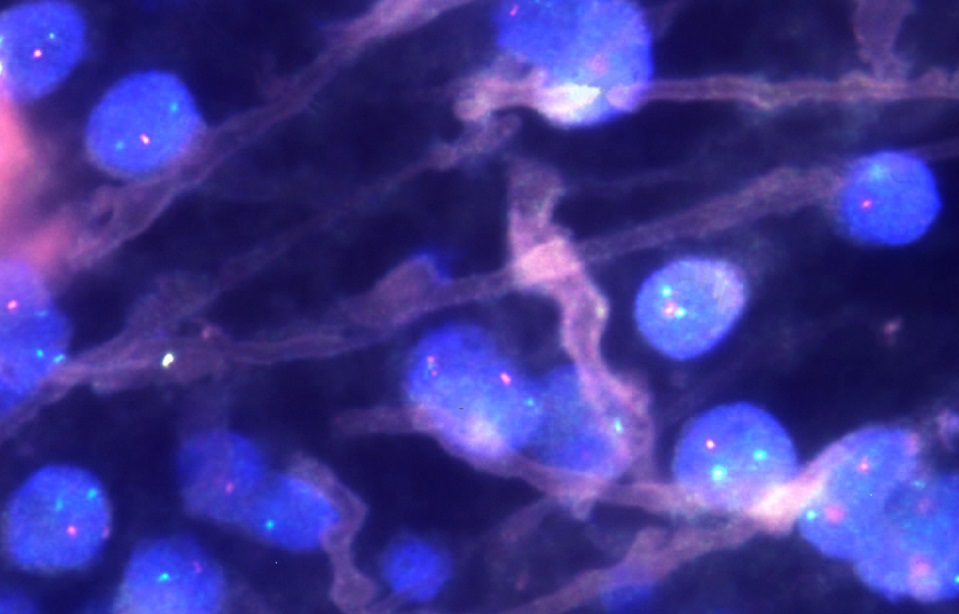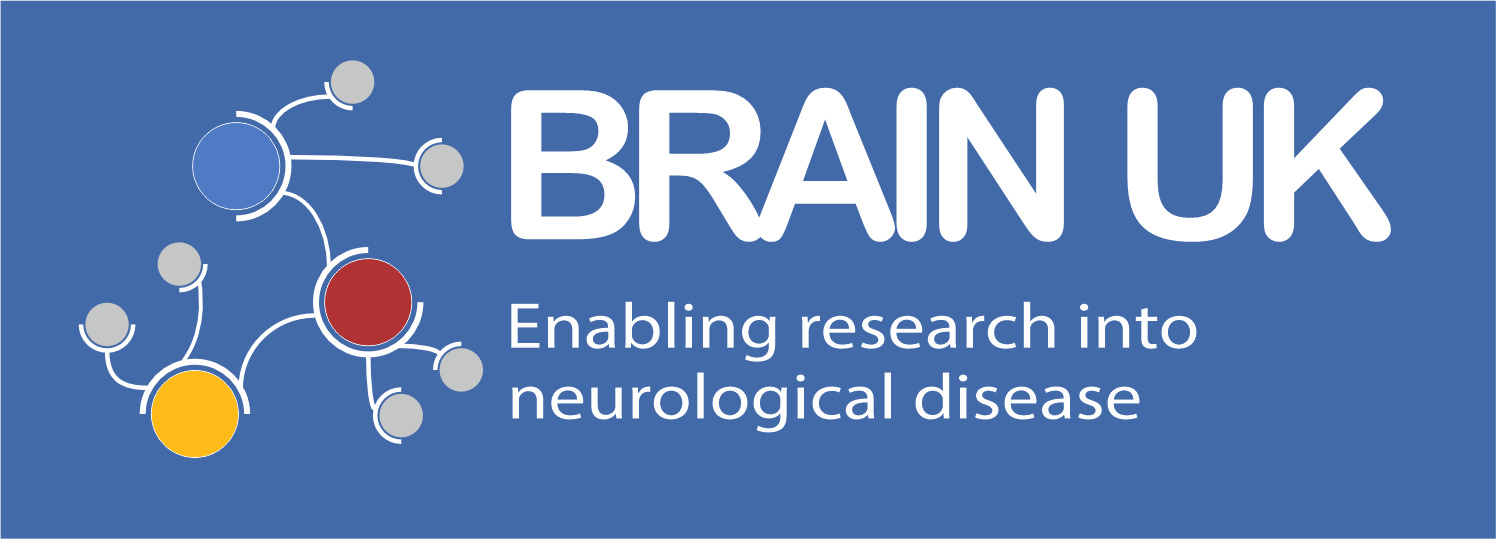
Brain UK study ref: 17/007,
Lay summary,
Project status: Active
Research and Innovation for Paediatric Low Grade Brain Tumours: Incorporating the SIGNAL and Everest (formerly PINNACLE) multicentre studies
Dr Tom Jacques, University College London/Great Ormond Street Hospital for Children NHS Foundation Trust
Paediatric low-grade brain tumours are a large group of tumours with similar origins and behaviour. They are the most common brain tumours in children, accounting for about 1 in 3 cases. While most children with these tumours will survive, some children still die and many survivors suffer from long-term health problems as a result of the tumour or as side effects from the treatment they receive. Recent discoveries have shown that this group of tumours is more complex than previously thought. This has highlighted the need for accurate diagnosis, which is necessary to plan treatment accordingly and reduce the harmful effects experienced by patients. In order to achieve this we must urgently improve our understanding of the biology of these tumours (how and why they develop) and translate that knowledge into the clinic to benefit patients and their families.
Our research aims are:
- To identify the types of brain cells that these tumours develop from, and the changes that cause them to become cancerous. This will help us to more accurately diagnose patients, find new targets for treatment, and identify signs that indicate a tumour will behave aggressively. By ensuring early and precise diagnosis we can tailor treatments to give each individual patient the best treatment for their specific tumour.
- To investigate how tumour cells interact with their surroundings, and whether the body’s immune system can be activated to attack the tumour cells as a new form of treatment (“immunotherapy”)
- To coordinate an international clinical trial to compare new precisely-targeted therapies with standard treatments. We will compare survival rates and also measure (and hopefully reduce) the long-term impacts of these tumours on brain function and quality of life in survivors.
